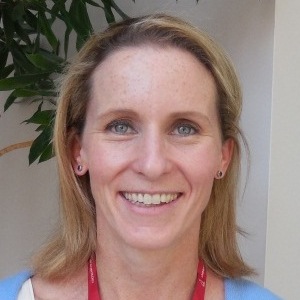Welcome to the forums at seaphages.org. Please feel free to ask any questions related to the SEA-PHAGES program. Any logged-in user may post new topics and reply to existing topics. If you'd like to see a new forum created, please contact us using our form or email us at info@seaphages.org.
Recent Activity
capsid maturation proteases
| Link to this post | posted 04 Jun, 2020 16:47 | |
|---|---|
|
|
After a discussion in SMART meetings we decided that a capsid maturation protease function should not be called unless there is HHPRED data indicating a protease or peptidase domain (e.g. ClpP protease). There are two genes that people have called capsid maturation protease in the DC phage and neither have HHPRED data supporting this function call. The first is gp14 in Portcullis and Jambaylaya, which has a MuF-like domain and ADP ribosyl transferase domain. This gene should be called "ADP-ribosyltransferase domain and MuF-like fusion protein." The second is gp16. This gene we are calling a hypothetical protein. There is weak evidence pointing to EEEV capsid proteases but the alignments have low probability, high E values and the the alignments don't actually include the peptidase domain. |
| Link to this post | posted 30 Mar, 2023 12:46 | |
|---|---|
|
|
Looks like these have been fixed @ NCBI but not in SEA-PHAGES…? |
| Link to this post | posted 30 Mar, 2023 17:52 | |
|---|---|
|
|
Hi all, I just checked Wizard, and genes 16 (capsid maturation protease), 19 (major capsid hexamer protein) and 20 (Hypotheticall Protein) are all correct at phagesDB, Phamerator and in the Genbank file KU998234. They are disparate in the RefSeq file (NC_030913) at GenBank, BUT we have no control over their updates. Avoid RefSeq files as much as possible, because we cannot update them. Since Phamerator and phagesDB are informed by the same data set, they will always be the same unless you catch them in their updates. As for forums and such, since most folks ask questions when their genome is in draft form, lease ignore the number and refer to a gene by its stop. Currently as we are curate files (for functional calls) that information goes to GenBank first, then those changes are recognized and phamerated. that output is then picked up web Phamerator, phagesdb, starterator and their outputs are then posted. The timing for each program is automated and set differently for each one, but as updates post, the rest is then processed and posted pretty quickly. debbie |



 9Kb
9Kb